
An outdoor fireplace is one of the smartest upgrades you can make to a beach property—extending your time outside from chilly mornings to breezy evenings. It also adds serious curb appeal. Whether you’re in the market for a full-scale gas fireplace under a loggia or just want to roast marshmallows in the backyard, there’s a coastal-friendly option at every price point. Portable fire pits like the Solo Stove Firepit Collection offer a clean, nearly smokeless burn. These are perfect for decks and patios. An outdoor fireplace, whether portable or permanent, offers a cozy setting for relaxation. For a more permanent setup, the Oldcastle Hudson Stone Fire Pit Kit from Home Depot is a solid DIY project with a classic look.
Wood-burning adds ambiance, while gas offers cleaner flames and less maintenance—especially in covered or high-wind areas. An outdoor fireplace made from materials like stucco, tile, and natural stone holds up well in salty air. Coastal temps can range from frigid to balmy. Therefore, a fireplace helps turn patios, rooftops, and gardens into year-round gathering spaces. Below are seven regionally inspired ideas to bring warmth, style, and value to your outdoor living.
Gas Outdoor Fireplace Under a Covered Loggia (California Coast)
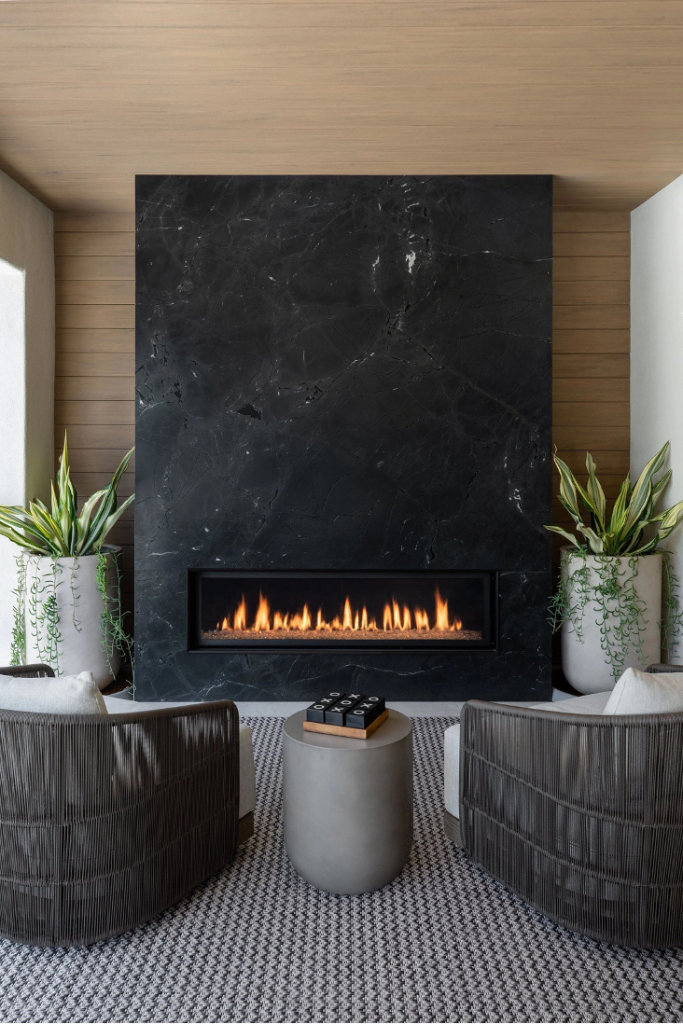
Along the California coast, where Mediterranean architecture and temperate evenings prevail, a gas fireplace seamlessly integrated under a covered loggia encourages year-round use. A sleek, rectangular firebox with a linear frame—perhaps encased in dramatic black stone or smooth concrete—pairs beautifully with stucco walls, arched openings, and wrought-iron accents. This setup supports effortless indoor-outdoor flow. Additionally, it is ideal for properties in Carmel-by-the-Sea or Santa Barbara. Gas is the safest and most convenient option for covered structures. It minimizes smoke exposure in protected spaces.
Meditative Fireplace in a Garden Nook (Pacific Northwest)

For coastal homes in the Pacific Northwest—such as those near Cannon Beach or the San Juan Islands—a meditative fire space tucked into the landscape makes the most of cool, misty evenings. A steel or stone fire pit or a fireplace wall surrounded by pea gravel, mossy boulders, and native ferns sets a quiet, grounding tone. Curved stone benches or teak chairs with wool throws encourage reflection. This setting benefits from wood-burning for authenticity or propane for ease. The space can be integrated into a larger rain garden or woodland path for added tranquility.
Stucco Wood-Burning Fireplace with Terra-Cotta Accents (SoCal)

Photo courtesy of Fantastic Frank via The Spruce
In Southern California’s coastal enclaves, a Mediterranean-style outdoor fireplace in a courtyard or along a rear garden wall creates visual warmth and architectural cohesion. Think hand-troweled stucco, terra-cotta tile accents, and a tall chimney flanked by lavender or rosemary hedges. Wood-burning works beautifully here due to drier evenings and fewer restrictions in many neighborhoods. This type of fireplace suits Spanish Revival or Mission-style homes in places like Laguna Beach or Palos Verdes.
Fire and Water Pairing for Poolside Impact (Southeast Coast)

For homes in the Gulf and the Southeast—think Texas, Florida, Charleston, Savannah, and the Carolina barrier islands—a fire-and-water design turns a pool patio into a resort-inspired gathering zone. Fabricate a sunken firepit / lounge area right into your pool or incorporate a low-profile fire bowl atop a raised water wall, where fire flickers above a gentle cascade. This magical pairing provides both drama and tranquility, particularly when accented by lush palms, travertine decking, and coastal breeze. Gas-burning elements are ideal here due to humidity and HOA regulations.
Ocean View Fireplace on a Rooftop or Deck (Mid-Atlantic Coast)

Maximizing ocean views is essential in any coastal environment and especially captivating in the Mid-Atlantic—think charming towns like Cape May, Rehoboth Beach, or the Outer Banks. A streamlined gas or ethanol fireplace integrated into a glass-railed rooftop or cantilevered deck allows for unobstructed vistas and warm ambiance after sunset. Use wind-resistant materials such as powder-coated steel or concrete, and orient seating for both comfort and view. Minimalist modern styles work well here, especially on contemporary coastal homes.
Rustic Stone Firepit with an Adirondack Vibe (Northeast Coast)

In the Northeast—think Cape Cod, the Hamptons, and Maine—an Adirondack-inspired outdoor firepit or fireplace made of rugged fieldstone or bluestone complements shingled homes and wooded beachscapes. A dedicated space flanked by Adirondack chairs, woven throws, and lantern lighting creates an inviting, almost campfire-style gathering space. Wood-burning fireplaces fit the rustic tone, but a gas insert can provide easier upkeep in salt-heavy air. This design resonates with properties where tradition and craftsmanship matter.
Simple Tropical Fire Pit by the Beach (Gulf Coast and Texas)
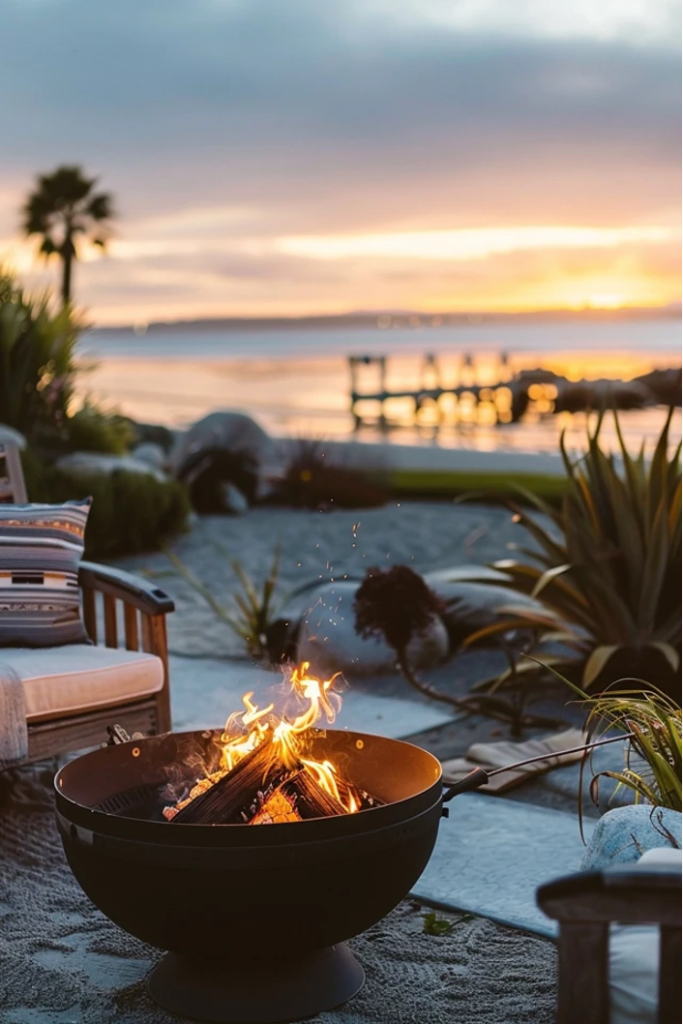
Space constraints don’t limit ambiance. On the Gulf Coast—whether in Galveston, Orange Beach, or the Florida panhandle—a compact fire pit with a tropical vibe is perfect for casual evenings. A circle of Adirondack or rattan chairs around a weather-resistant fire bowl (concrete, stone, or ceramic) creates a relaxed setting for roasting marshmallows under swaying palms. Add citronella torches, string lights, and native grasses for atmosphere. This low-cost, DIY-friendly setup is ideal for lawn spaces or sandy backyards.
Adding an outdoor fireplace to your coastal property is more than an aesthetic upgrade—it is a lifestyle investment that transforms underused exterior areas into year-round retreats. Whether it’s a sleek loggia fireplace in California, a stone hearth in New England, or a breezy fire pit on the Gulf, each design can be tailored to regional aesthetics and climate. By choosing the right materials, fuel source, and location, homeowners can maximize both enjoyment and property value—one cozy flame at a time. For more inspired ideas to live your best beach life, visit Beach Homes Lifestyles.

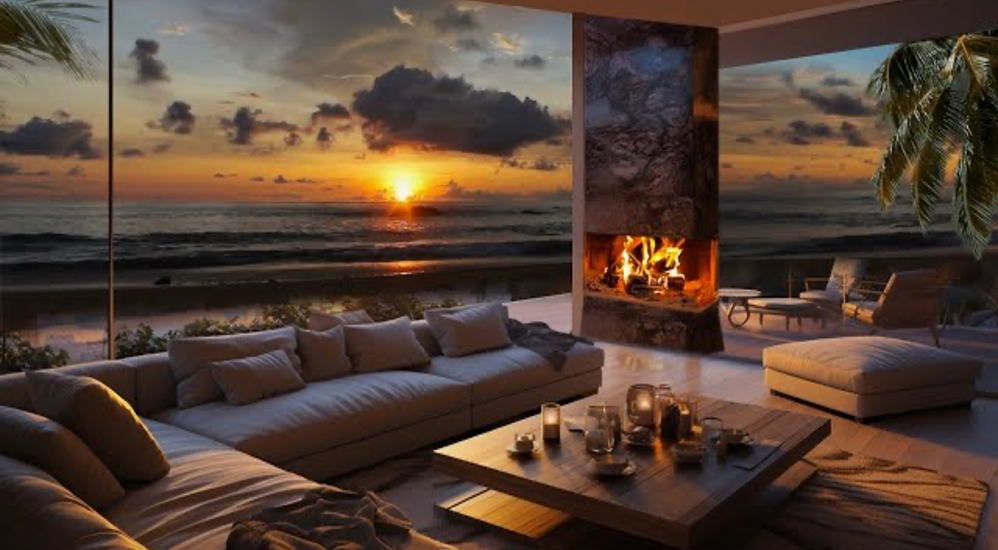
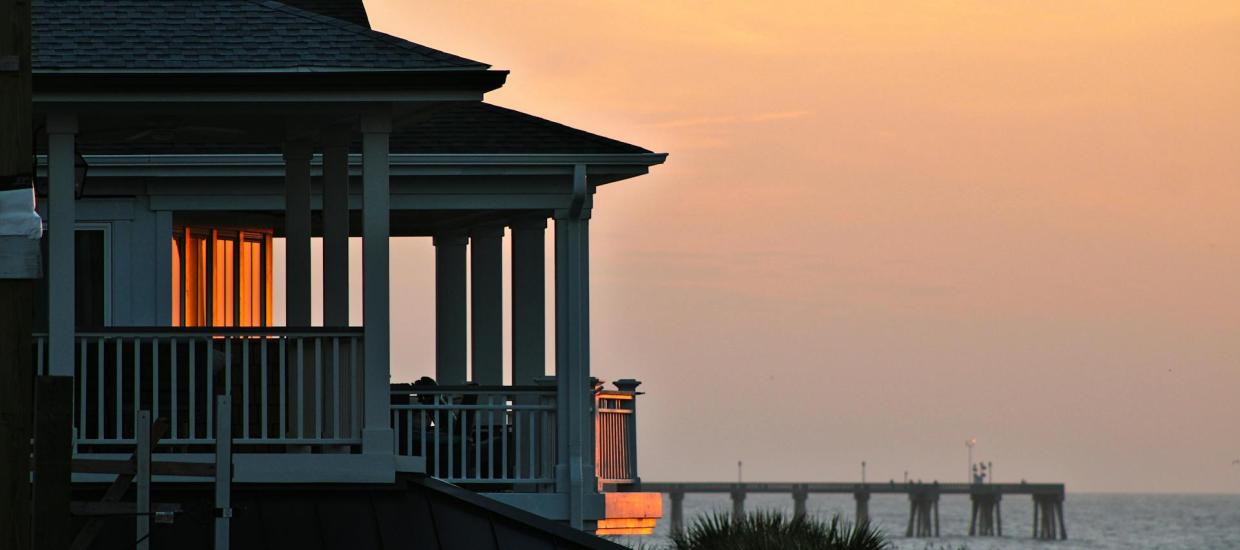
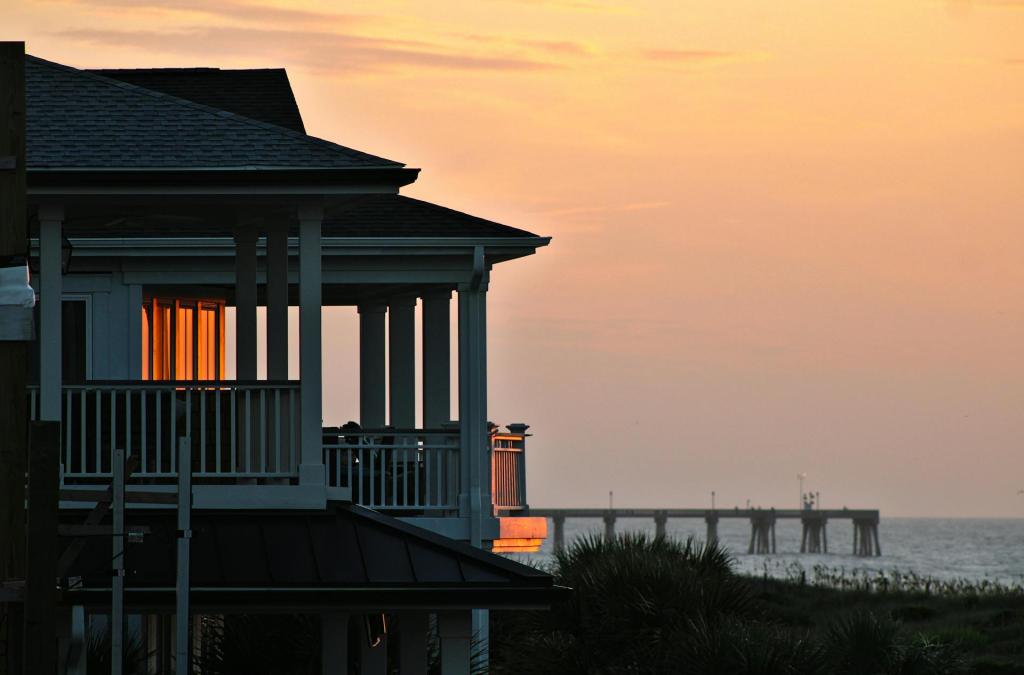
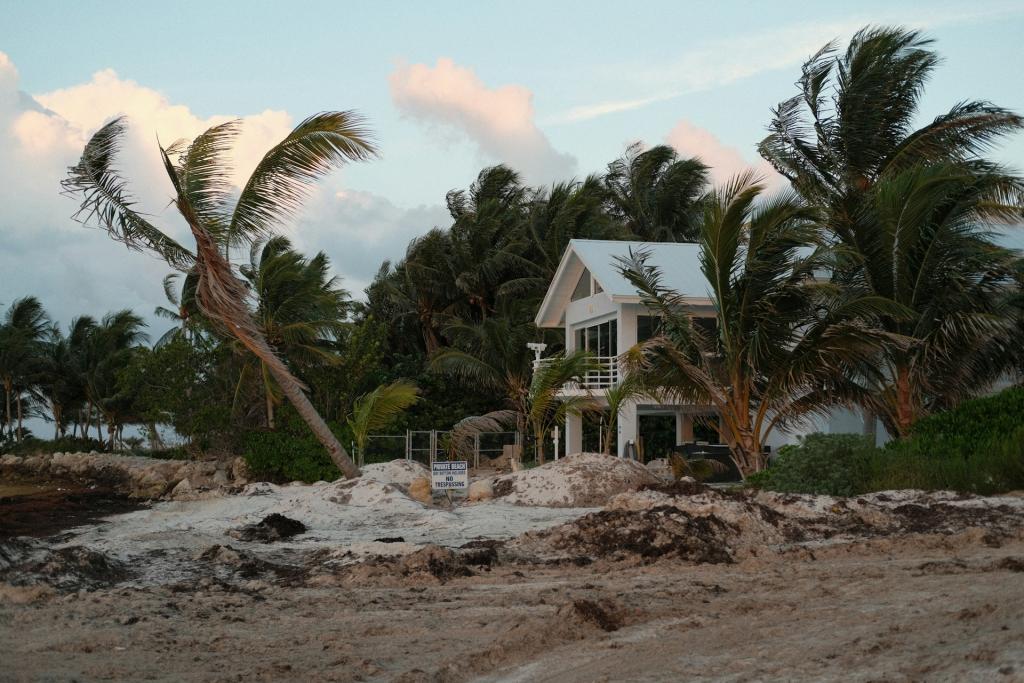

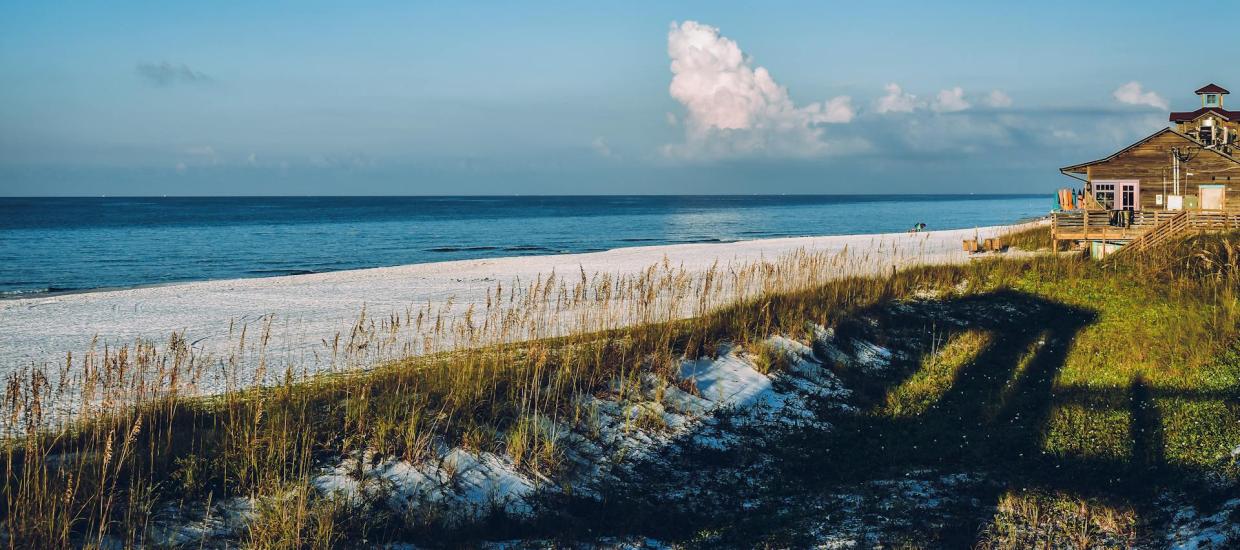
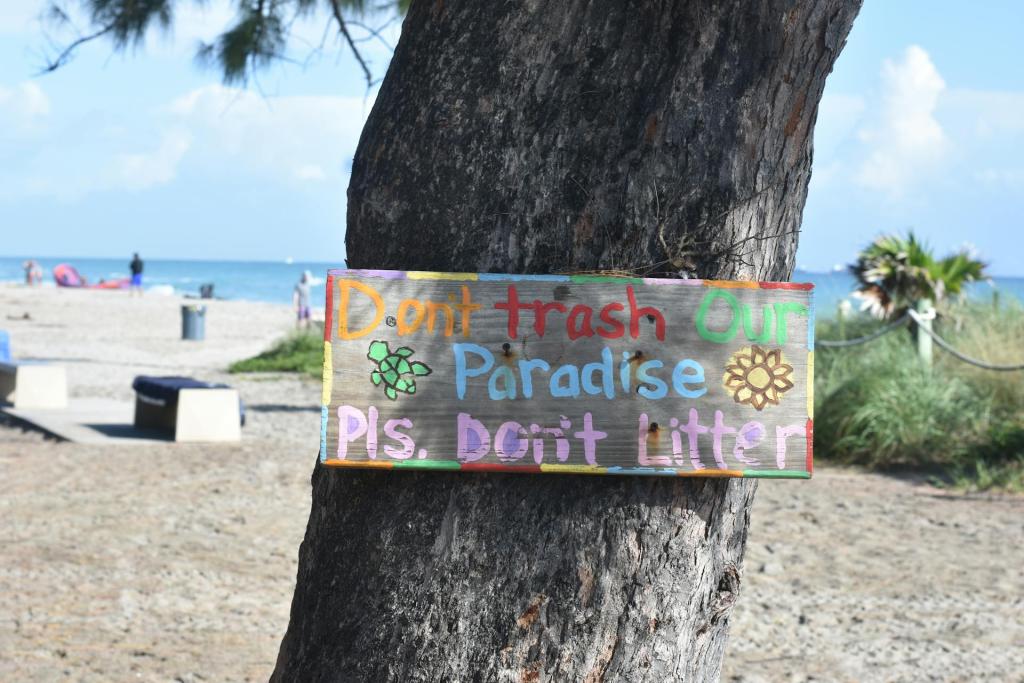
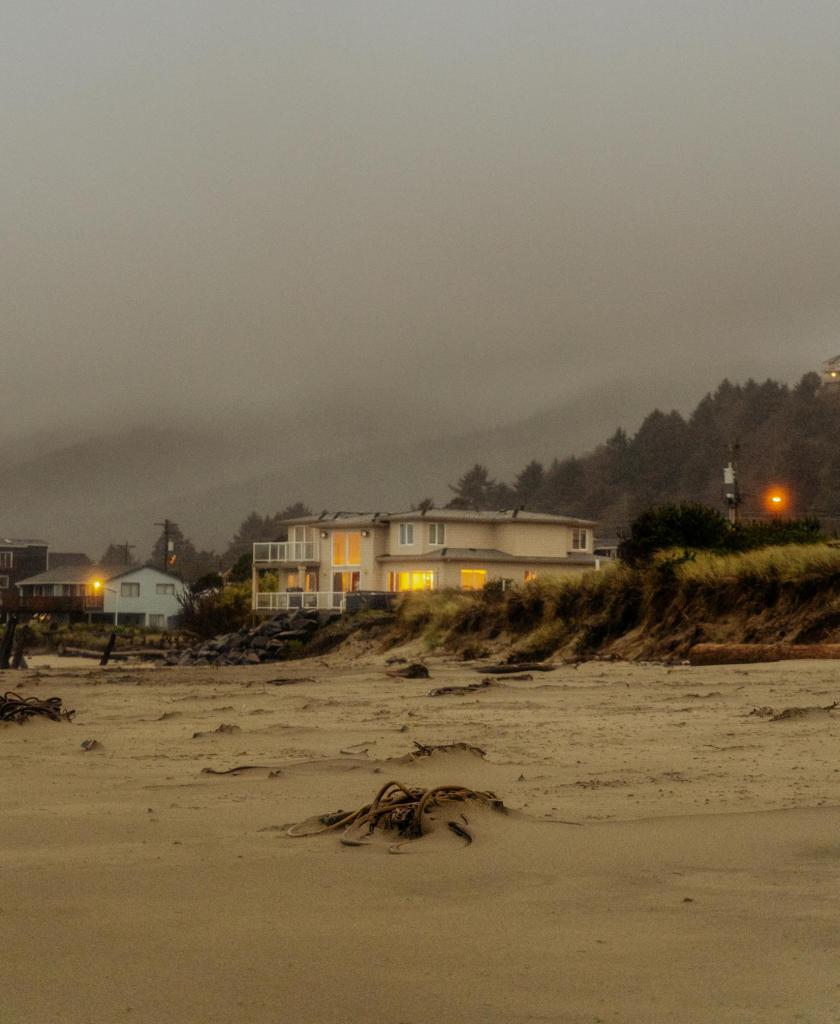
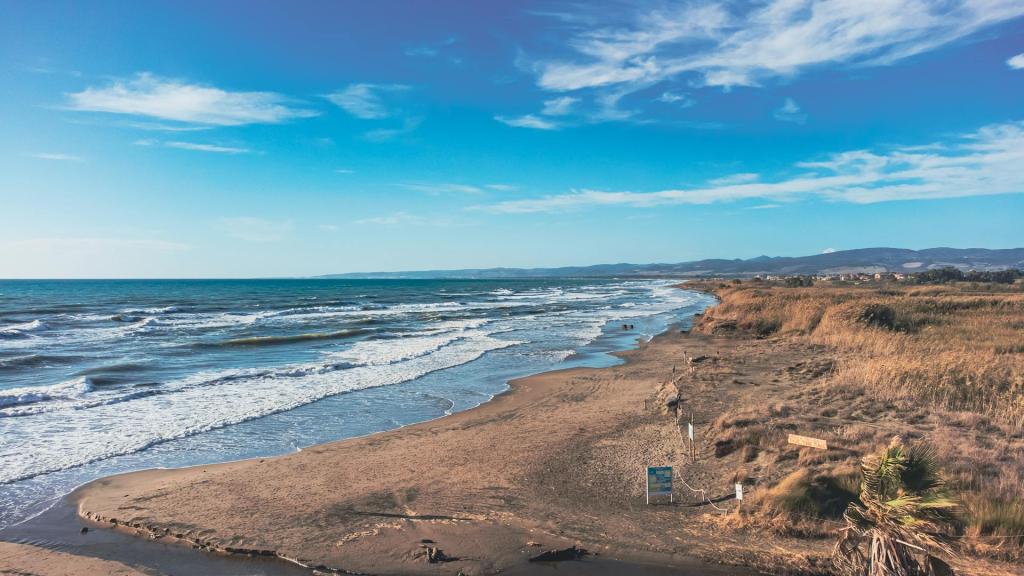

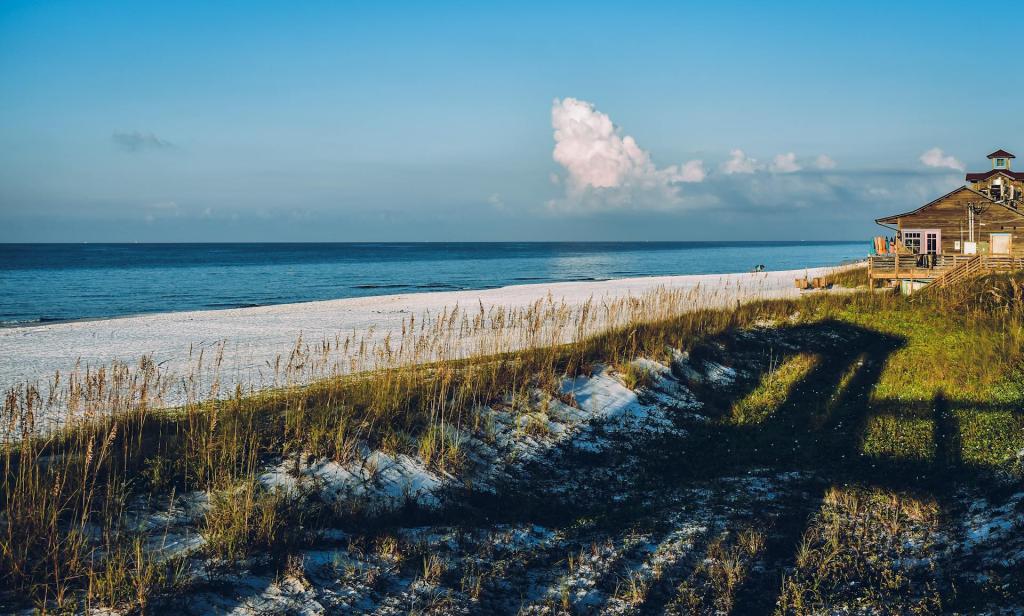
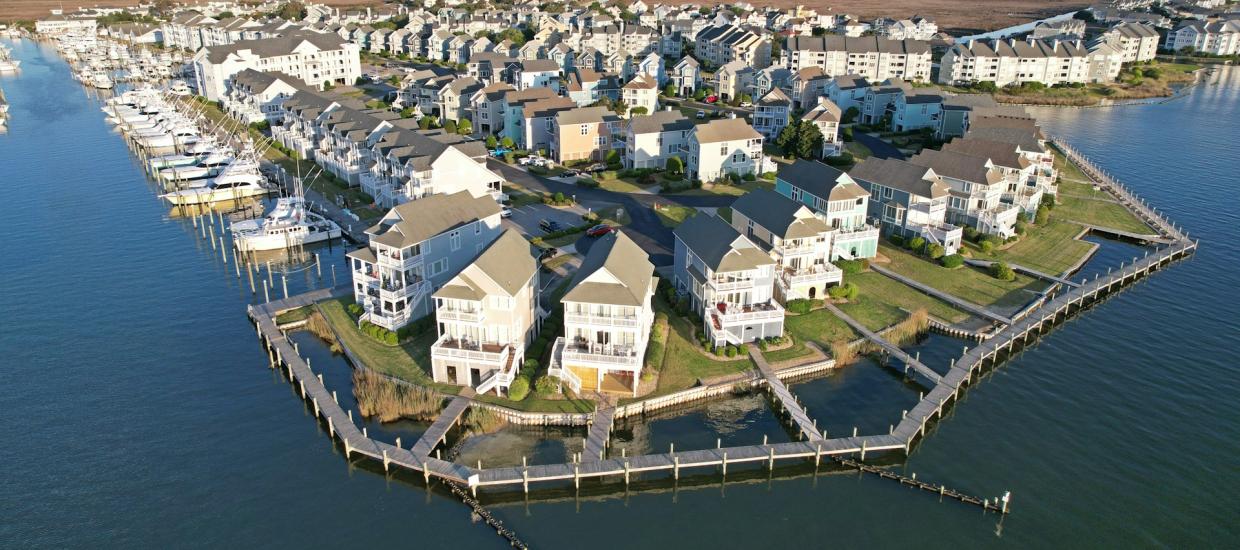
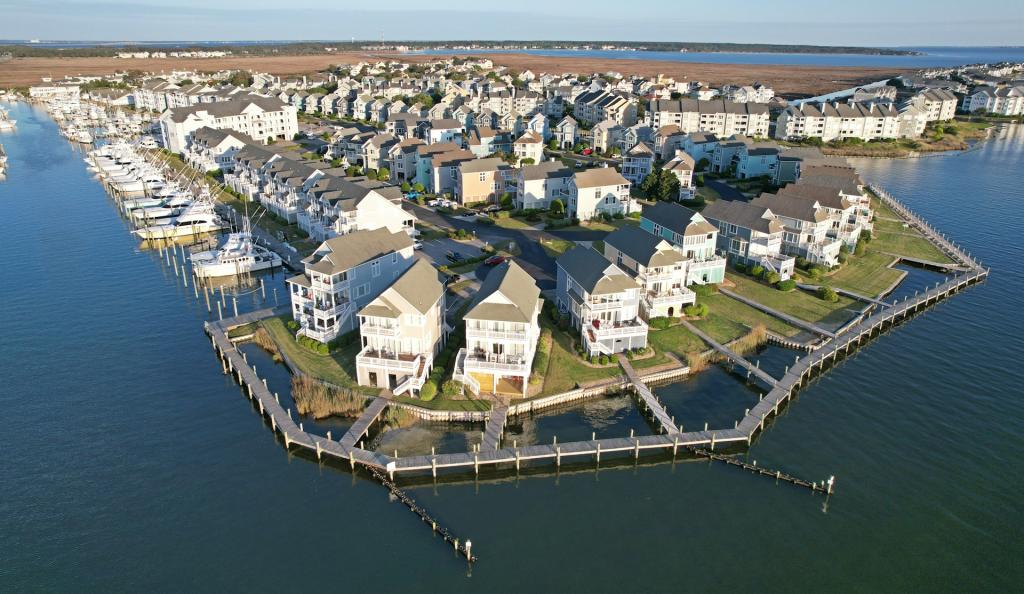
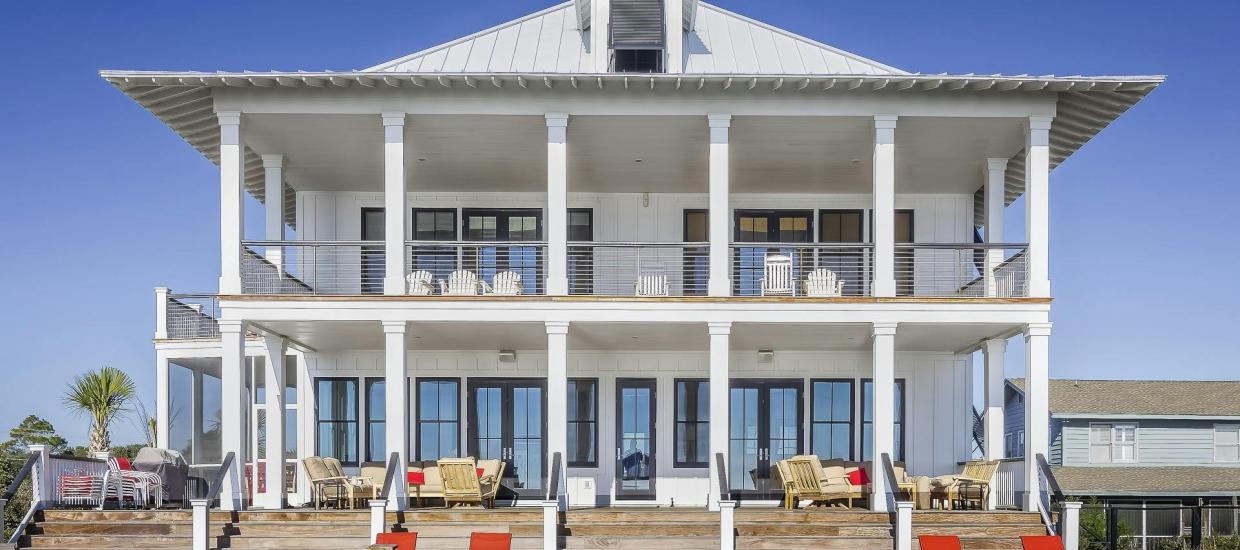
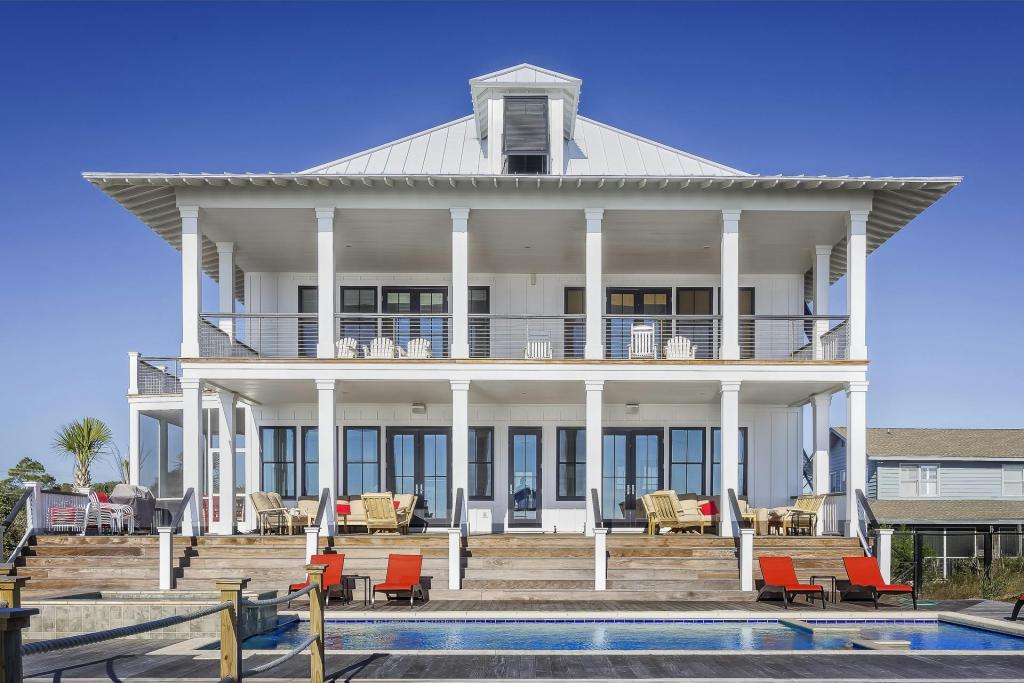
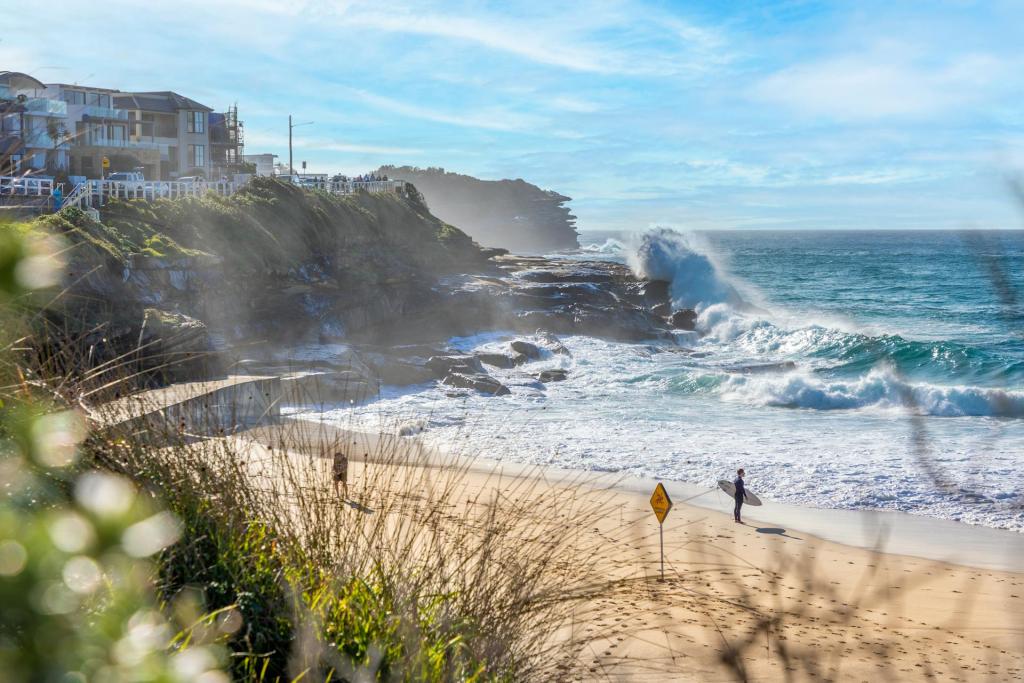
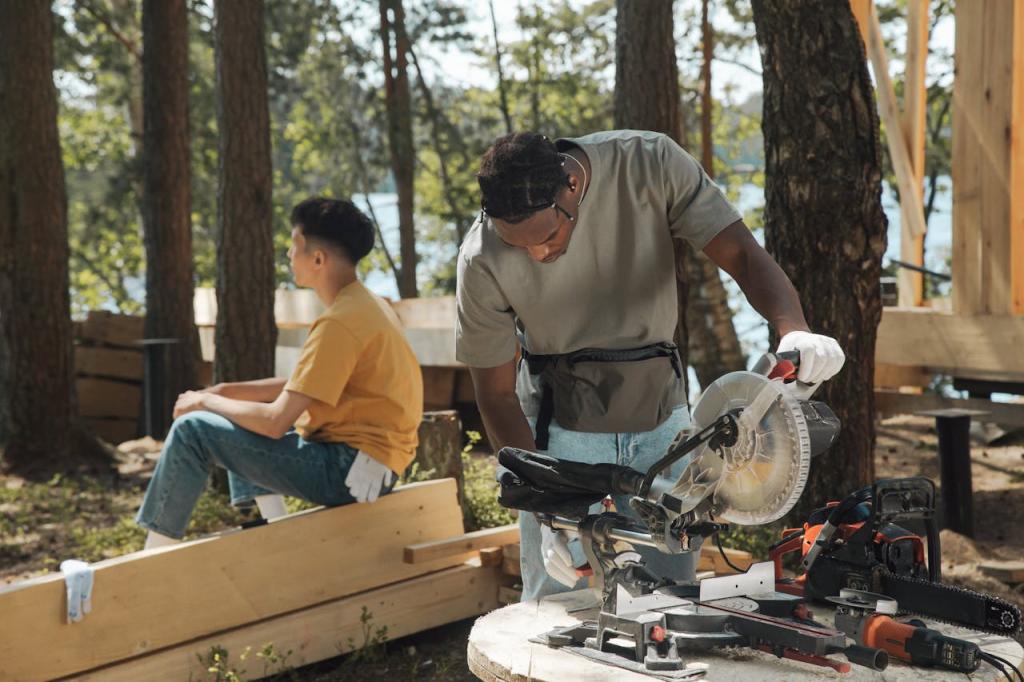

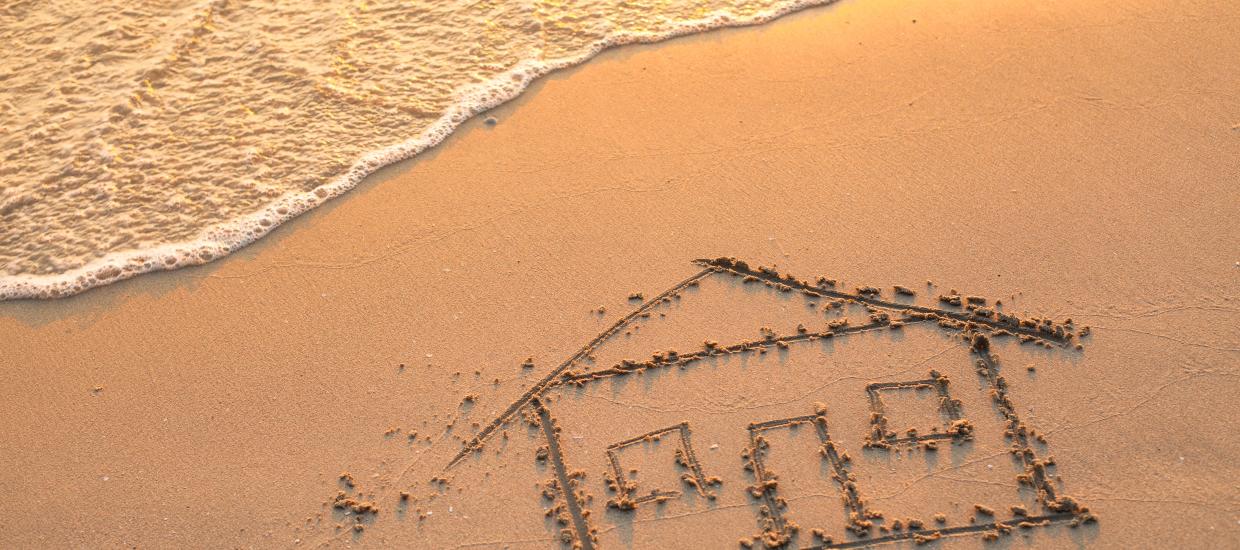
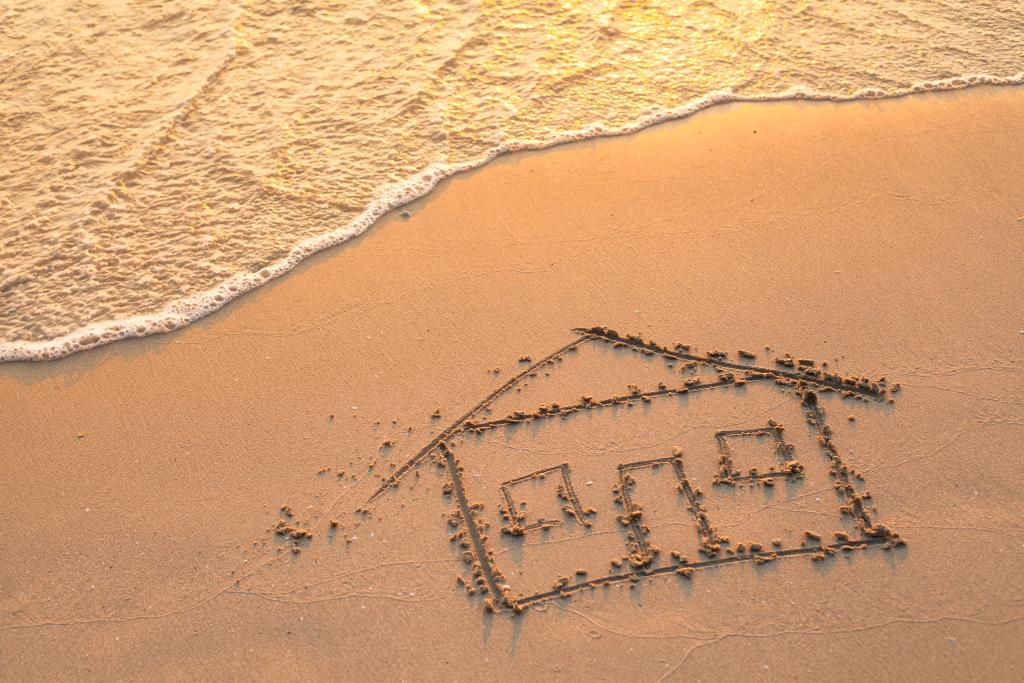
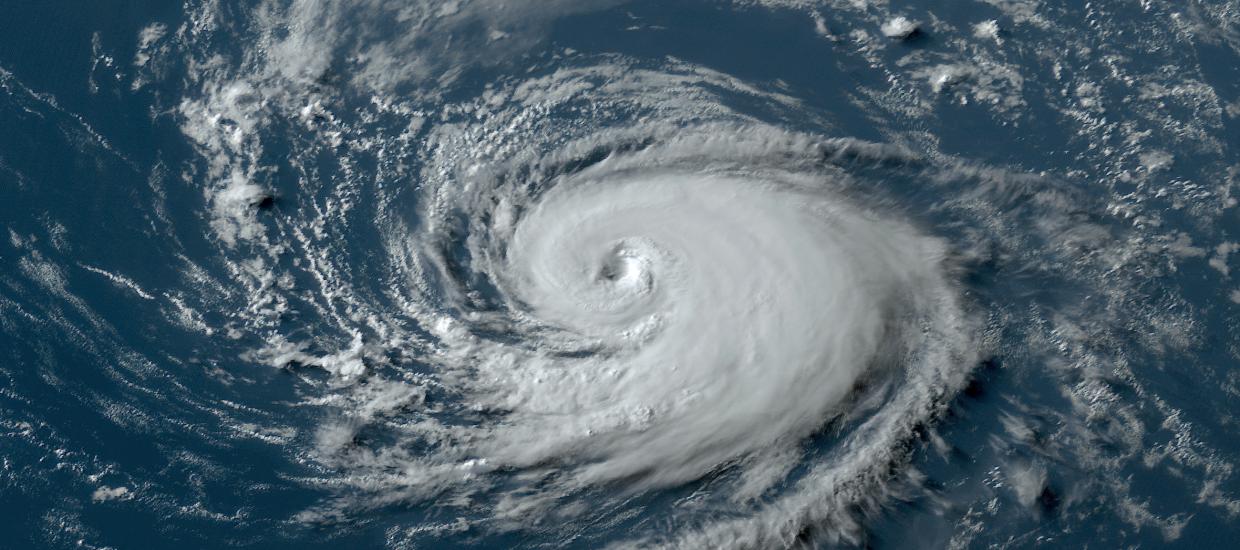
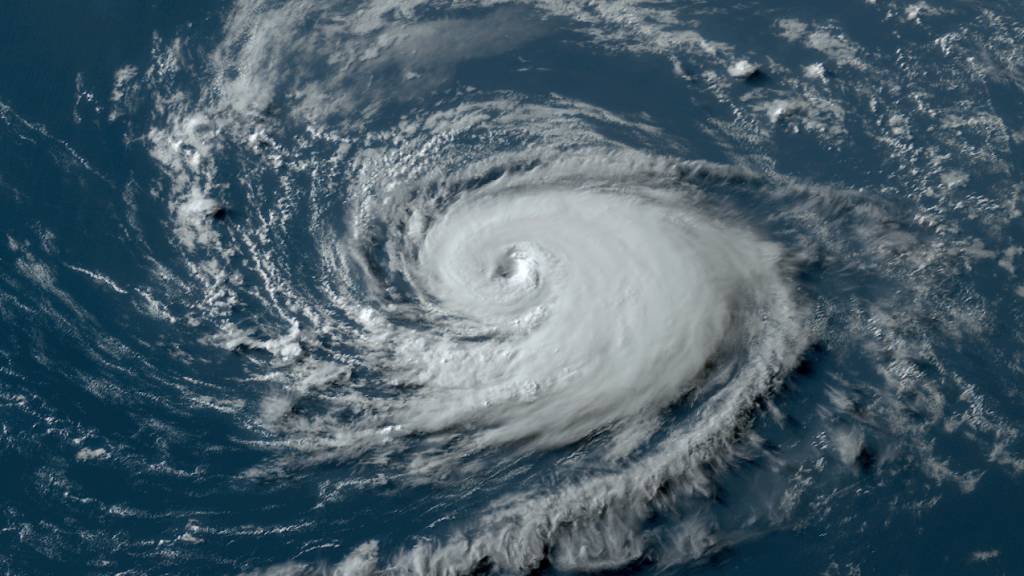


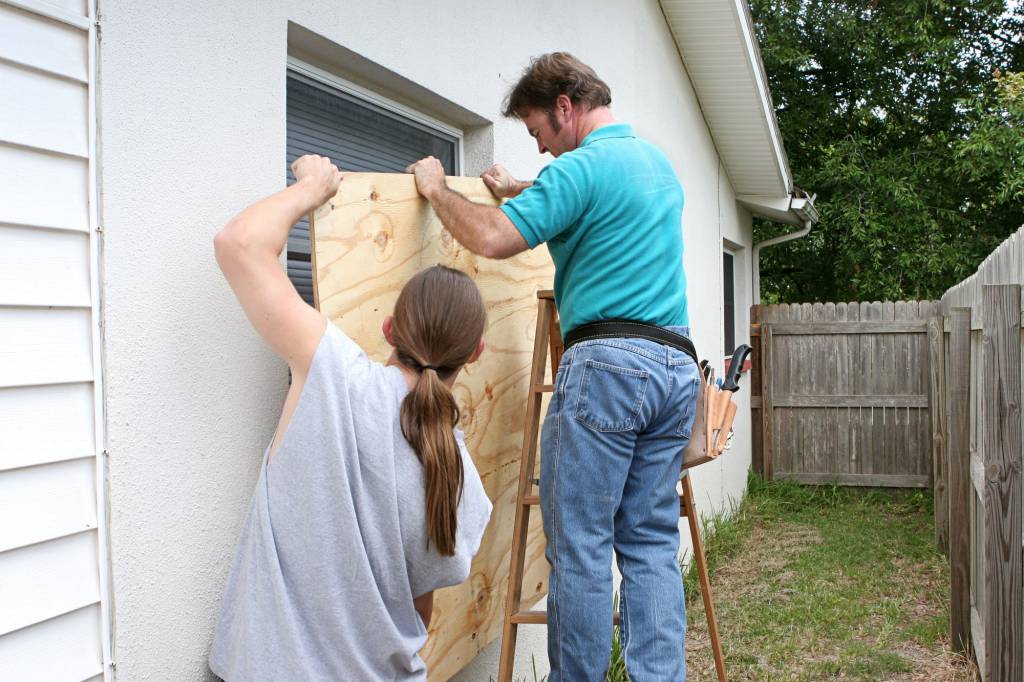

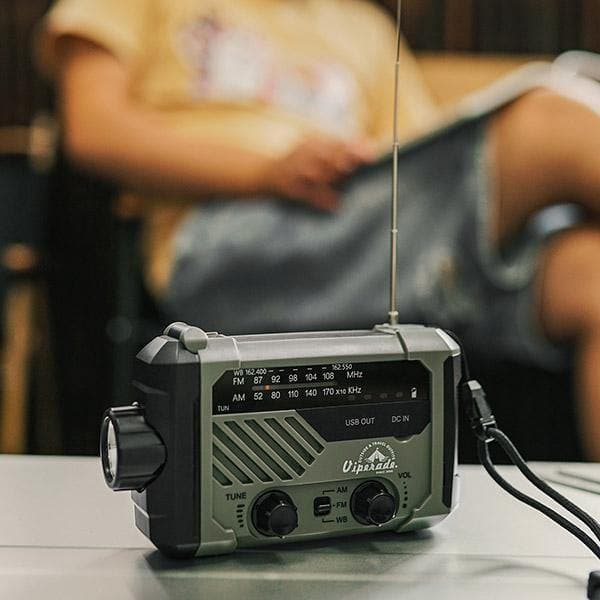
![[TCPalm.com] Study finds Martin County is one of the most expensive areas in Florida to buy a home](https://www.beach-homes.com/info/wp-content/uploads/2025/07/pexels-alvaro-hernandez-1263496-2405121-1240x550.jpg)
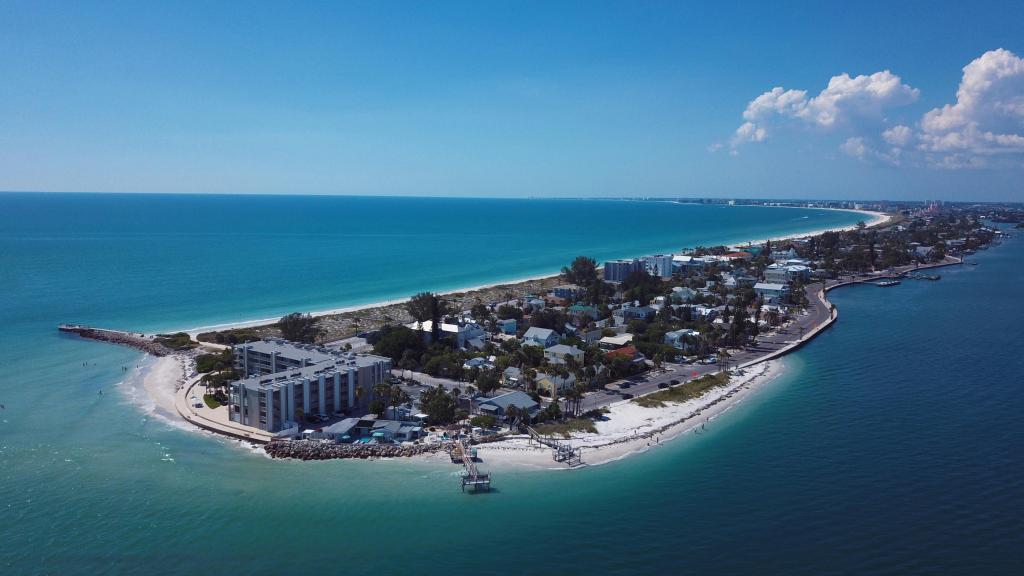
![[The Ponte Vedra Recorder] Benchmarks of Success: A look at major career developments in the area](https://www.beach-homes.com/info/wp-content/uploads/2025/07/pexels-asadphoto-1268871-1240x550.jpg)
